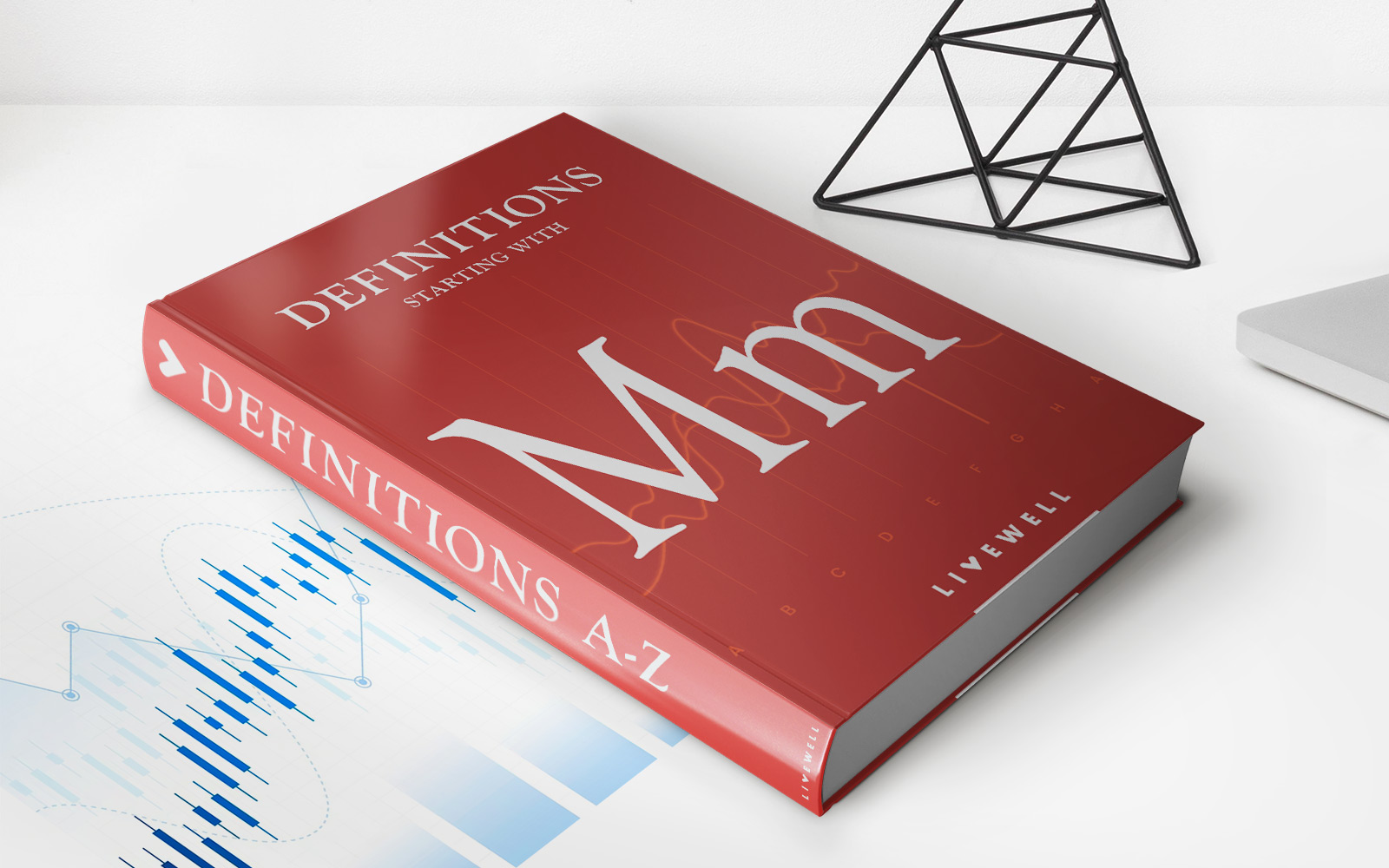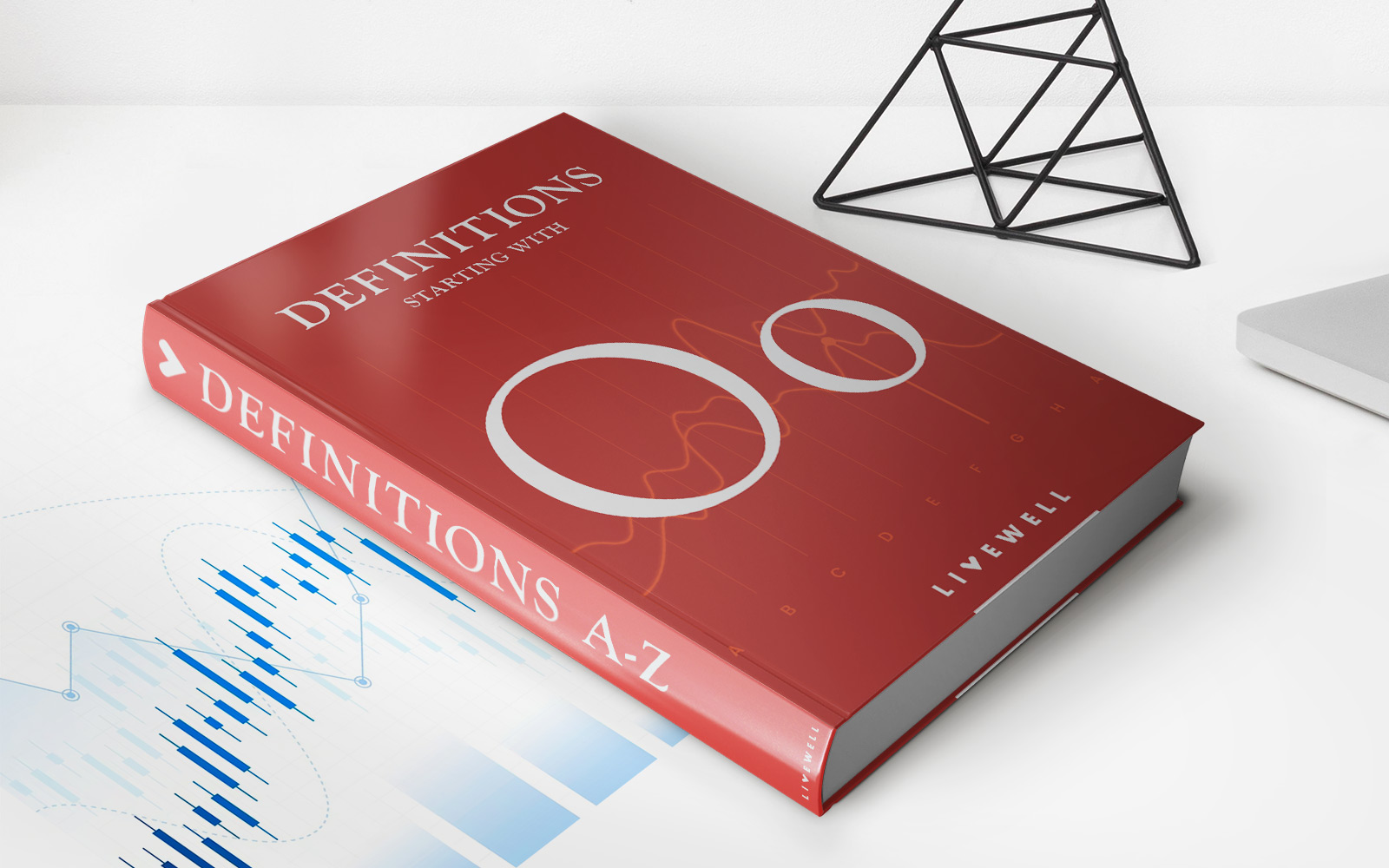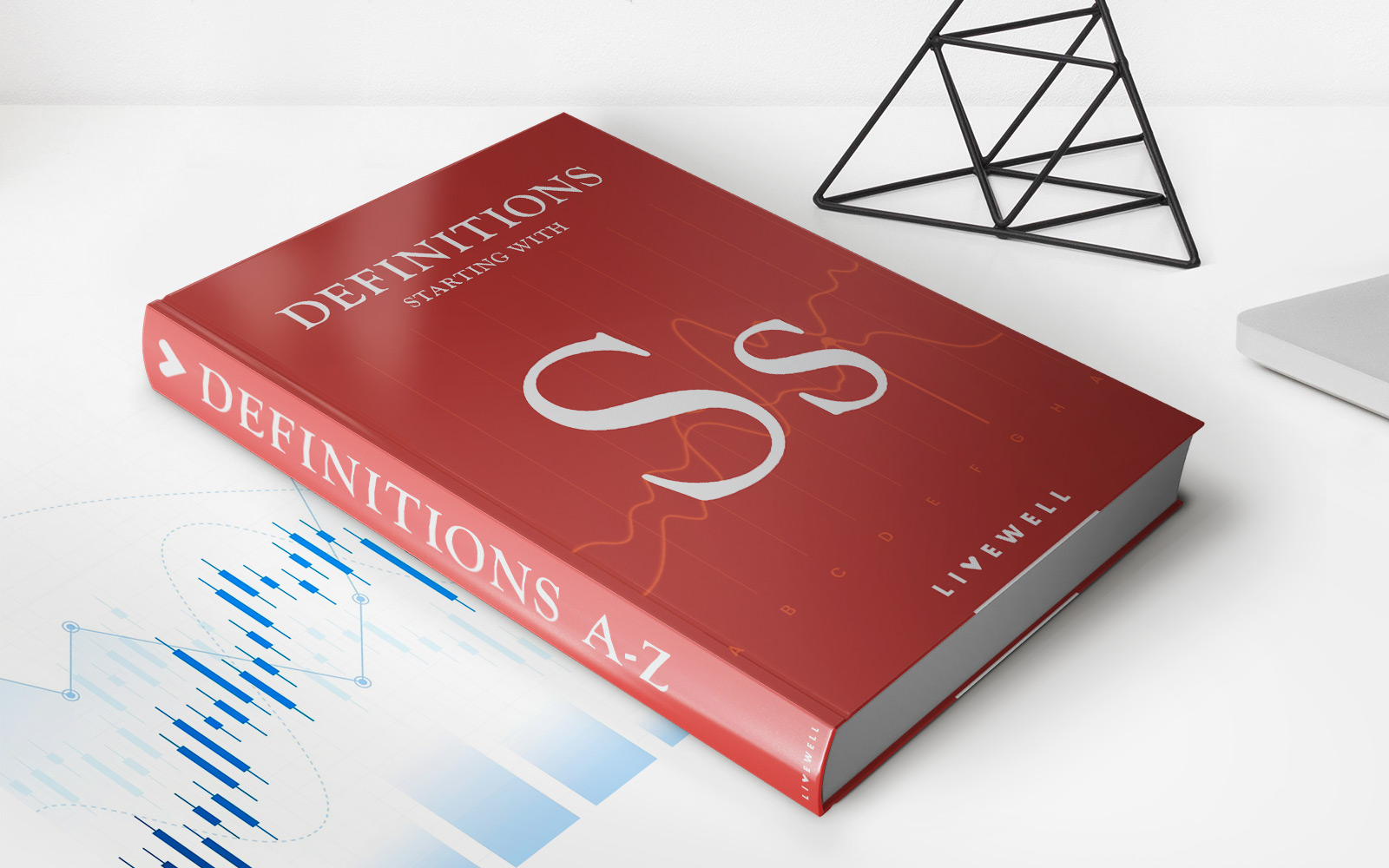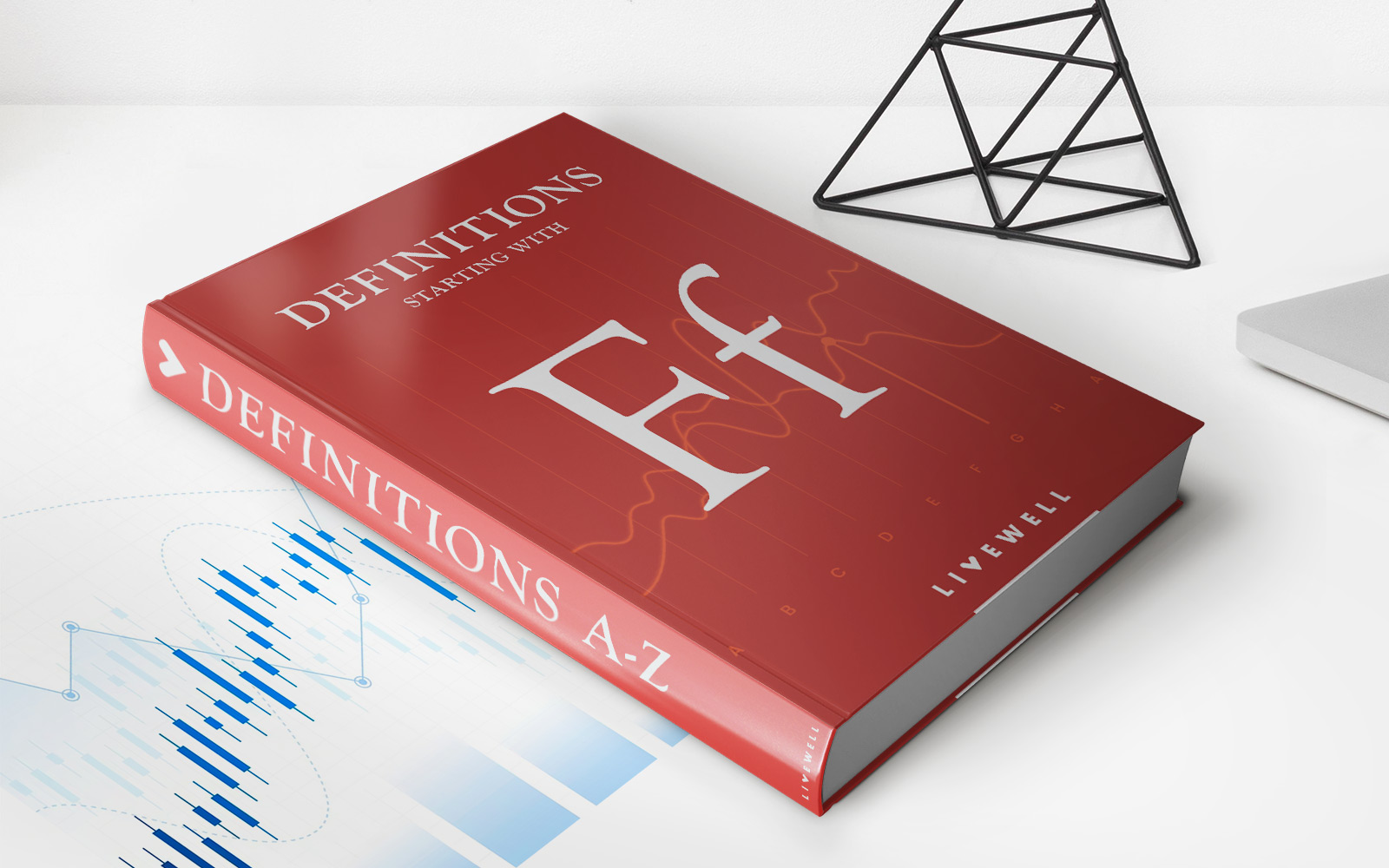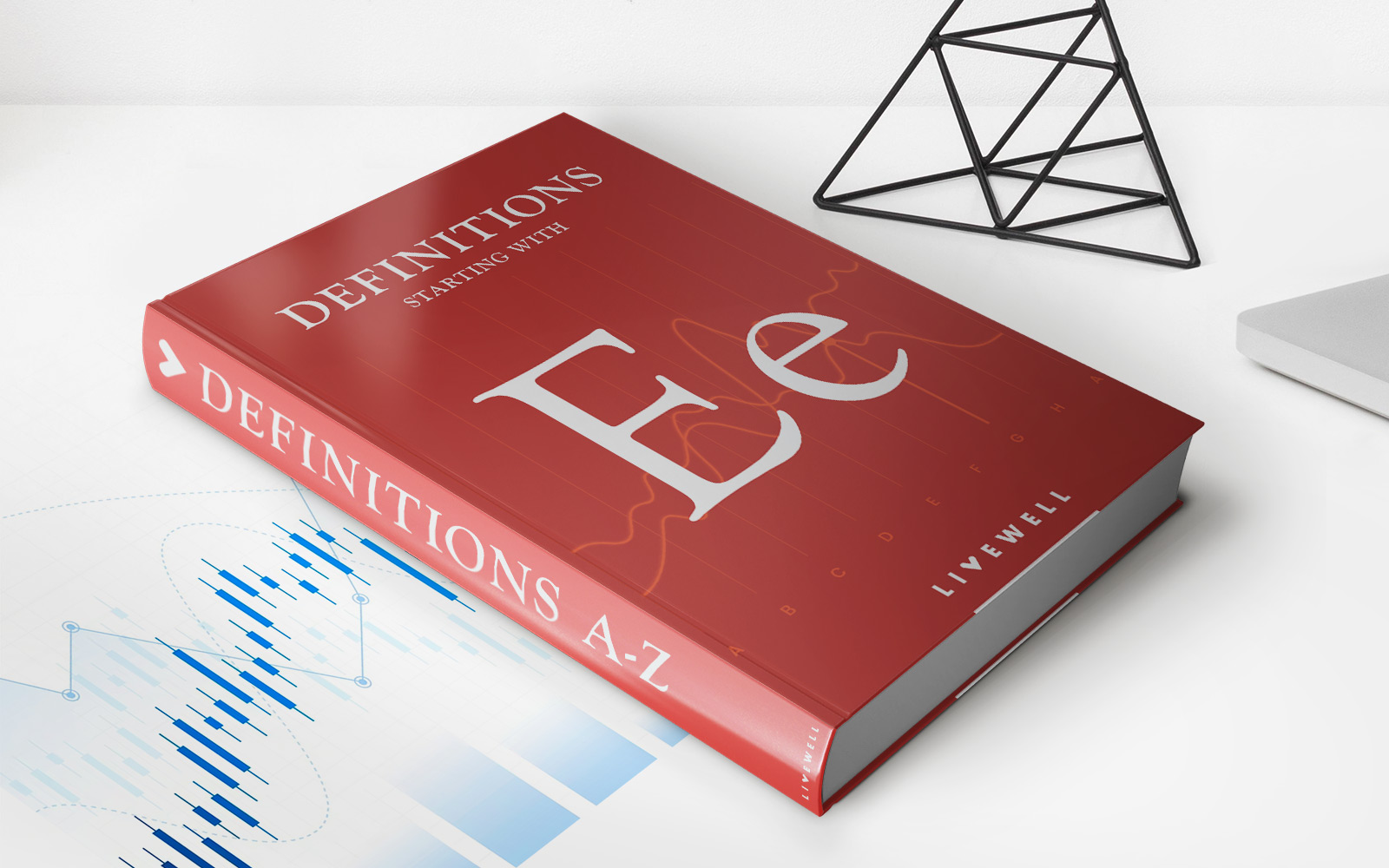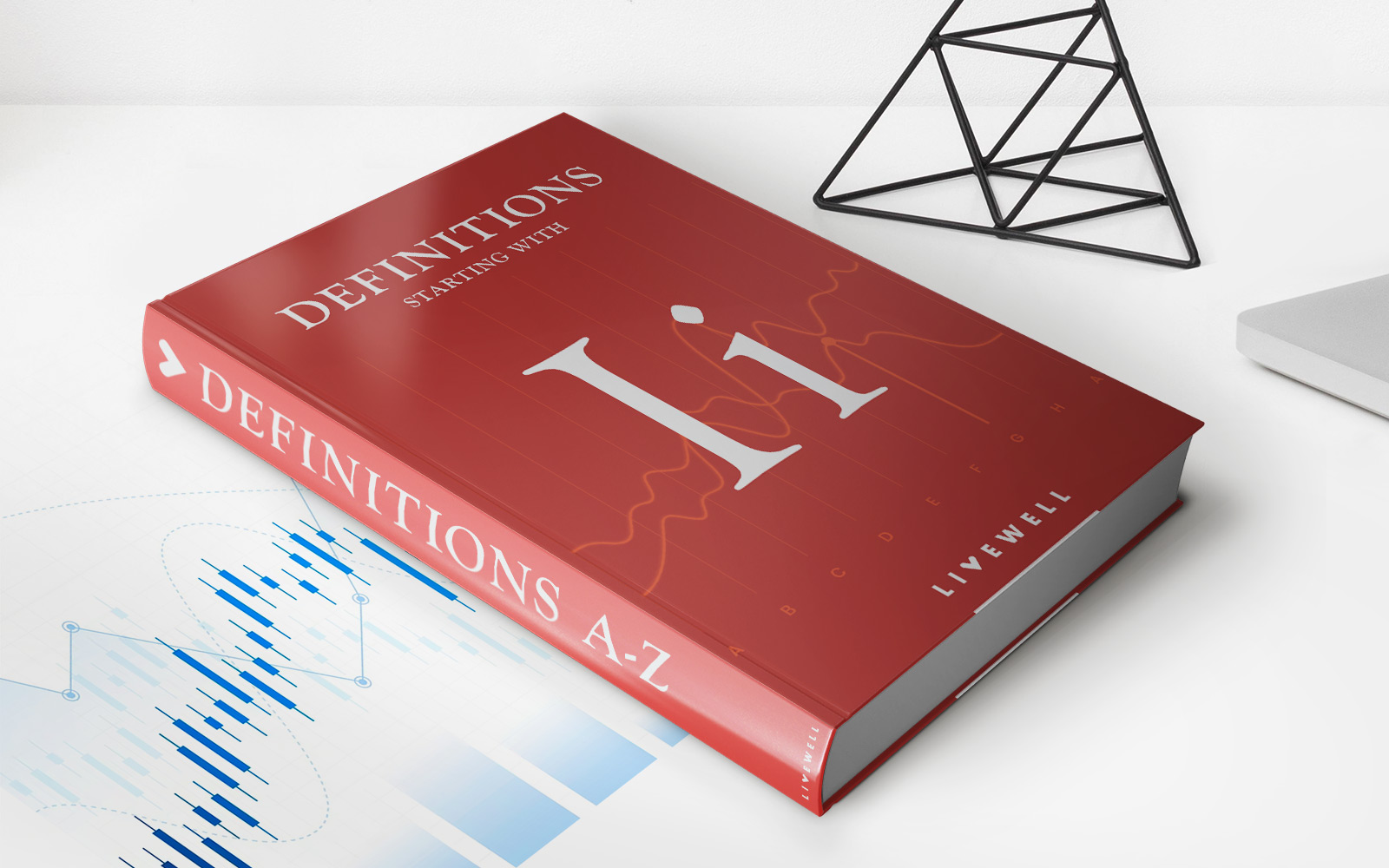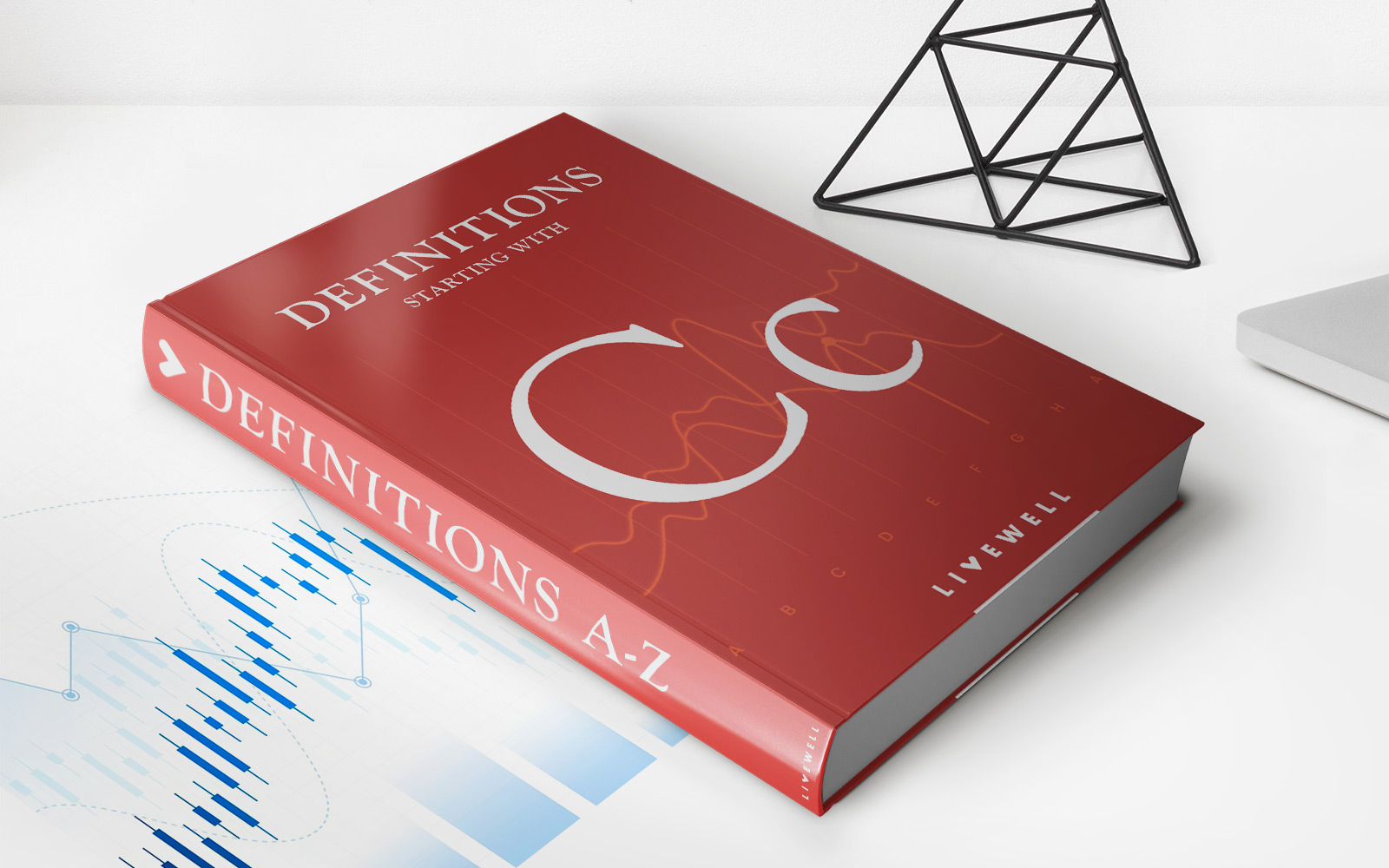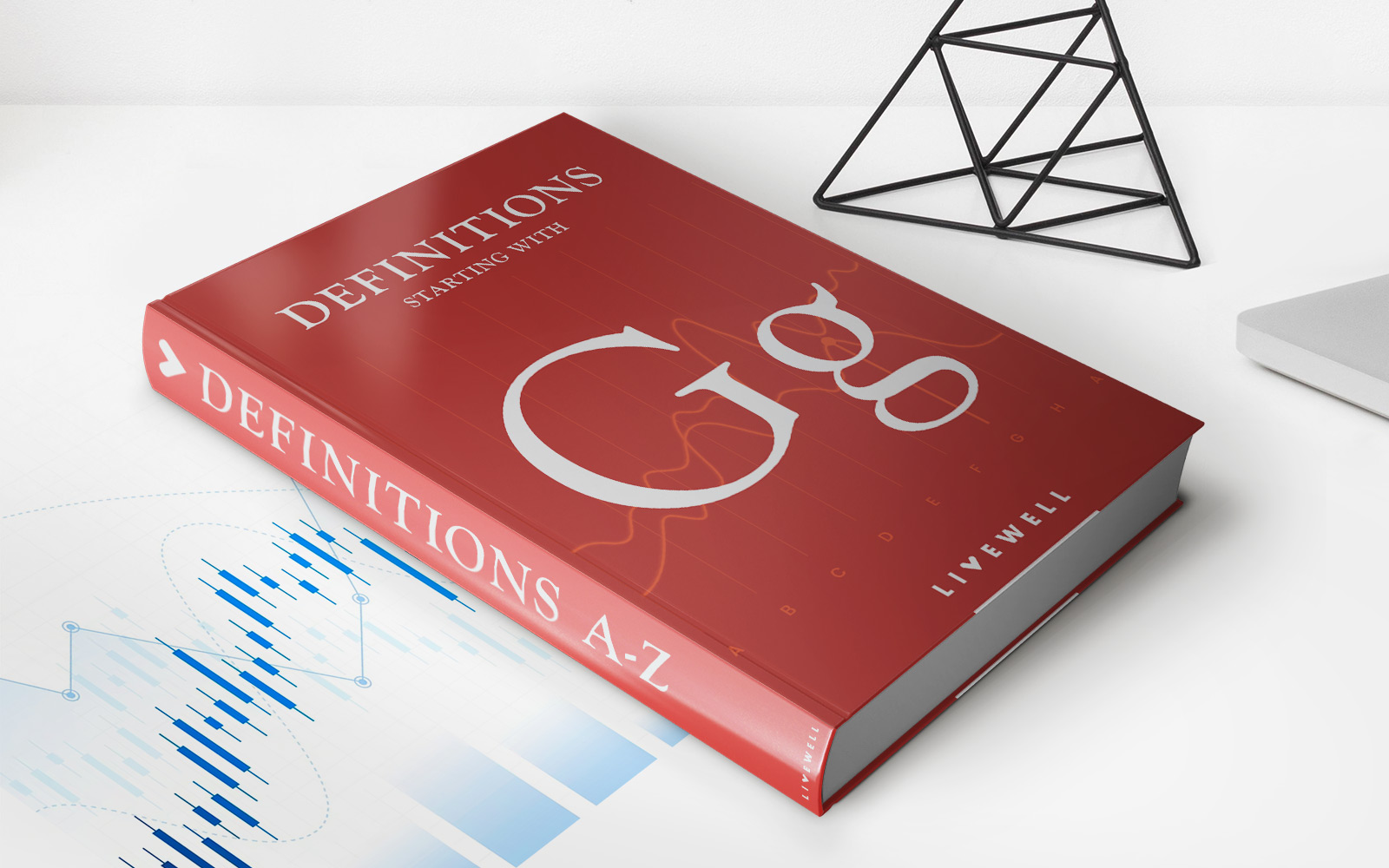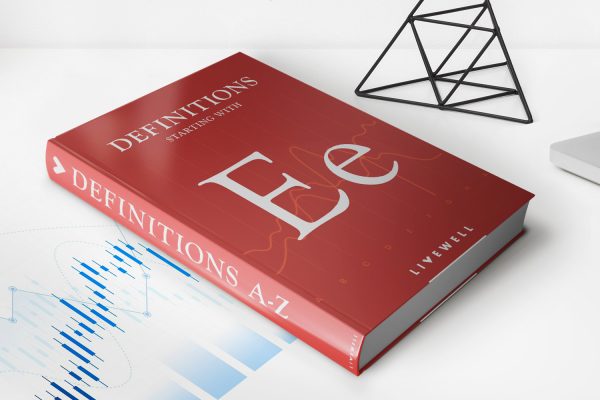Home>Finance>Contract For Differences (CFD) Definition, Uses, And Examples
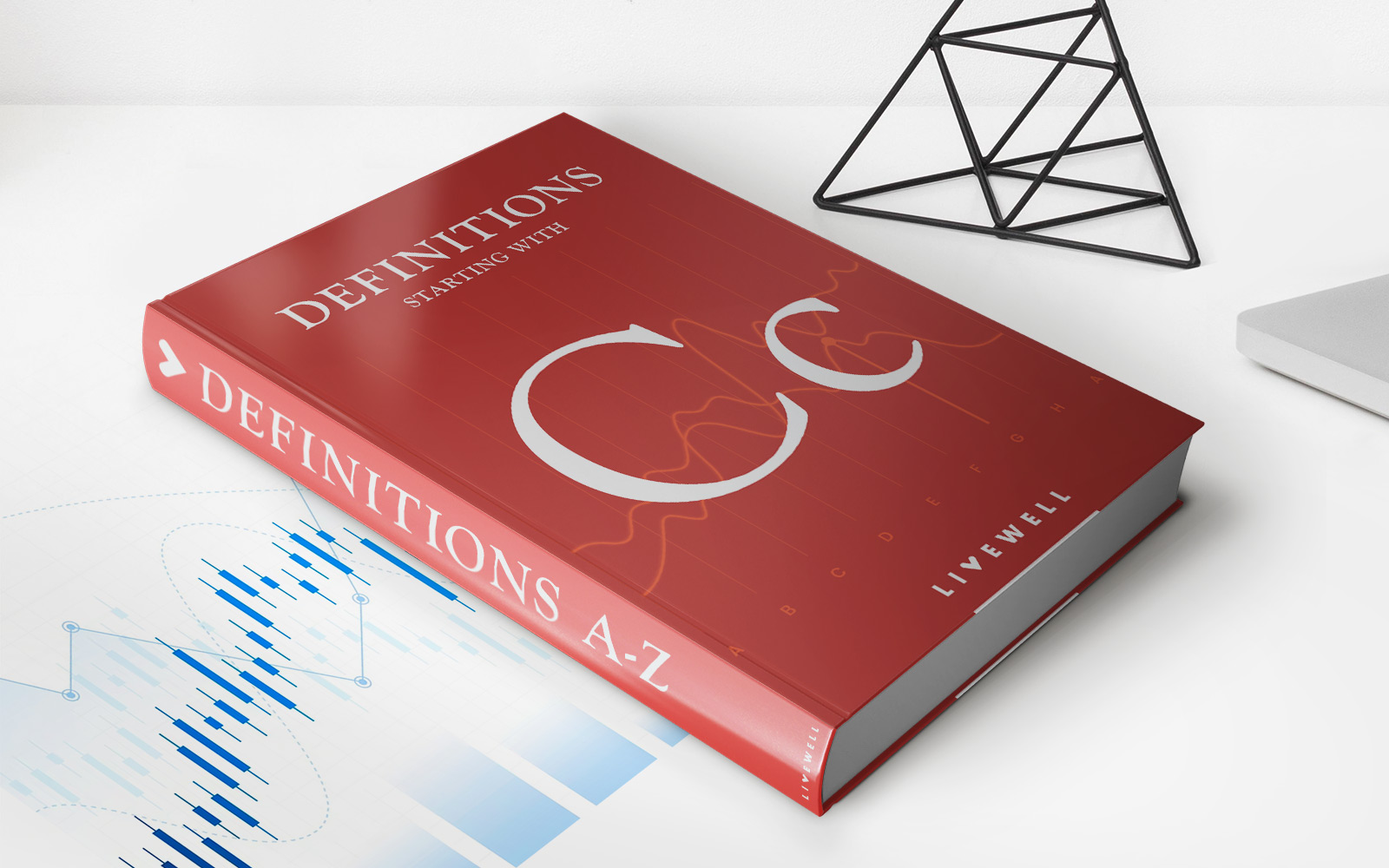

Finance
Contract For Differences (CFD) Definition, Uses, And Examples
Published: November 2, 2023
Learn about contract for differences (CFDs) in finance, including their definition, uses, and examples.
(Many of the links in this article redirect to a specific reviewed product. Your purchase of these products through affiliate links helps to generate commission for LiveWell, at no extra cost. Learn more)
The Ultimate Guide to Contract for Differences (CFD)
Welcome to our “Finance” category, where we explore various topics related to personal and business finance. Today, let’s dive into the fascinating world of Contract for Differences (CFD)! In this blog post, we’ll define what CFDs are, explore their uses, and provide some real-life examples. So, whether you’re a seasoned investor or a beginner looking to expand your financial knowledge, this guide is for you.
Key Takeaways:
- Contract for Differences (CFD) is a financial derivative that allows traders to speculate on the price movements of various underlying assets without owning the underlying asset itself.
- CFDs offer several advantages, including leverage, flexibility, access to a wide range of markets, and the ability to profit from both rising and falling markets.
What is a Contract for Differences (CFD)?
A Contract for Differences, known as CFD, is a financial instrument that allows traders to speculate on the price movements of various underlying assets such as stocks, commodities, currencies, or indices without actually owning the asset itself. It is a highly popular method of trading in the financial markets due to its flexibility and the potential for significant returns.
How do CFDs Work?
When trading CFDs, you enter into an agreement with a broker to exchange the difference in the price of an asset from the time of opening a position to the time of closing it. If you believe the price of the underlying asset will rise, you enter a buy (long) position, and if you expect it to fall, you enter a sell (short) position.
Here’s a simplified example to help you understand:
- You open a CFD trade on XYZ Corporation’s stock, which is currently priced at $100 per share.
- You speculate that the stock’s price will increase, so you enter a buy position.
- If the stock price rises to $110 and you decide to close the position, you would earn a profit of $10 per share.
- Conversely, if the stock price drops to $90 and you close the position, you would incur a loss of $10 per share.
Uses of CFDs
CFDs are versatile financial instruments that serve various purposes:
- 1. Hedging: Investors use CFDs to protect their portfolio against potential losses. By opening a short CFD position on an asset they own, they can mitigate the impact of market downturns.
- 2. Speculation: CFDs allow traders to profit from both rising and falling markets. They can take advantage of short-term price movements and generate potential gains without owning the underlying asset.
- 3. Portfolio Diversification: CFDs provide access to a broad range of assets, allowing investors to diversify their portfolios and spread their investment risk across different markets.
Examples of CFD Trading
Let’s explore a couple of examples to illustrate how CFD trading works:
- Example 1 – Forex Trading: If you believe the value of the Euro (EUR) will rise against the US Dollar (USD), you can enter into a CFD trade selling USD and buying EUR. If your prediction is correct and the EUR strengthens against the USD, you would make a profit.
- Example 2 – Stock Trading: Suppose you speculate that Company XYZ’s stock price will decline due to negative news. You can open a CFD sell position on the stock, profiting from the potential price drop without actually owning the shares. If the stock price indeed falls, you would make a profit.
It’s important to note that CFD trading involves risks, including the potential for losses exceeding your initial investment. Therefore, it’s essential to develop a sound trading strategy, manage your risk effectively, and seek professional advice if needed.
Now that you have a good understanding of Contract for Differences (CFD), how they work, and their uses, you can explore the world of CFD trading with confidence. Remember to stay informed, continuously learn, and trade responsibly to maximize your potential gains and minimize risks.
